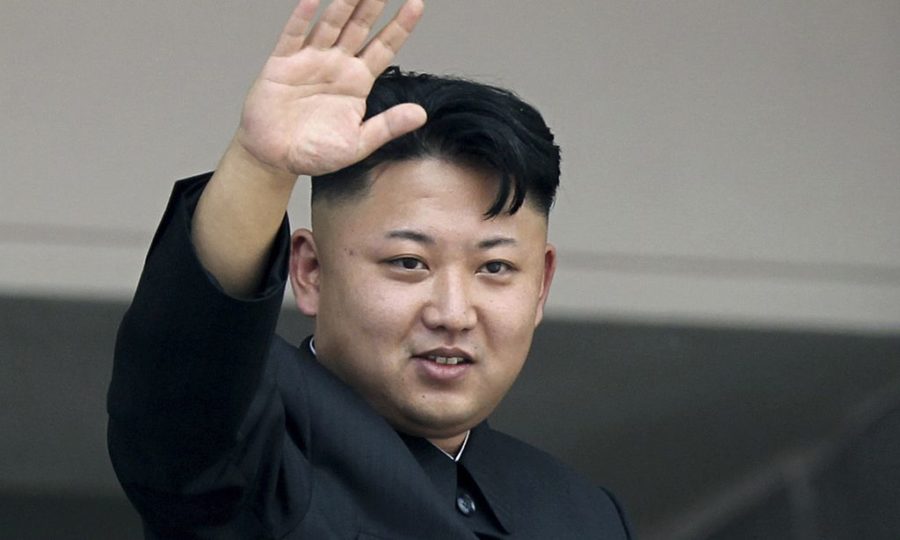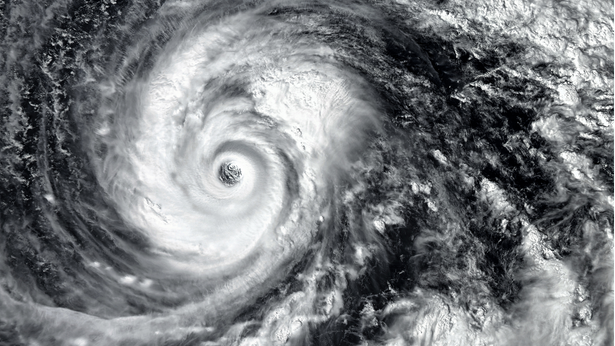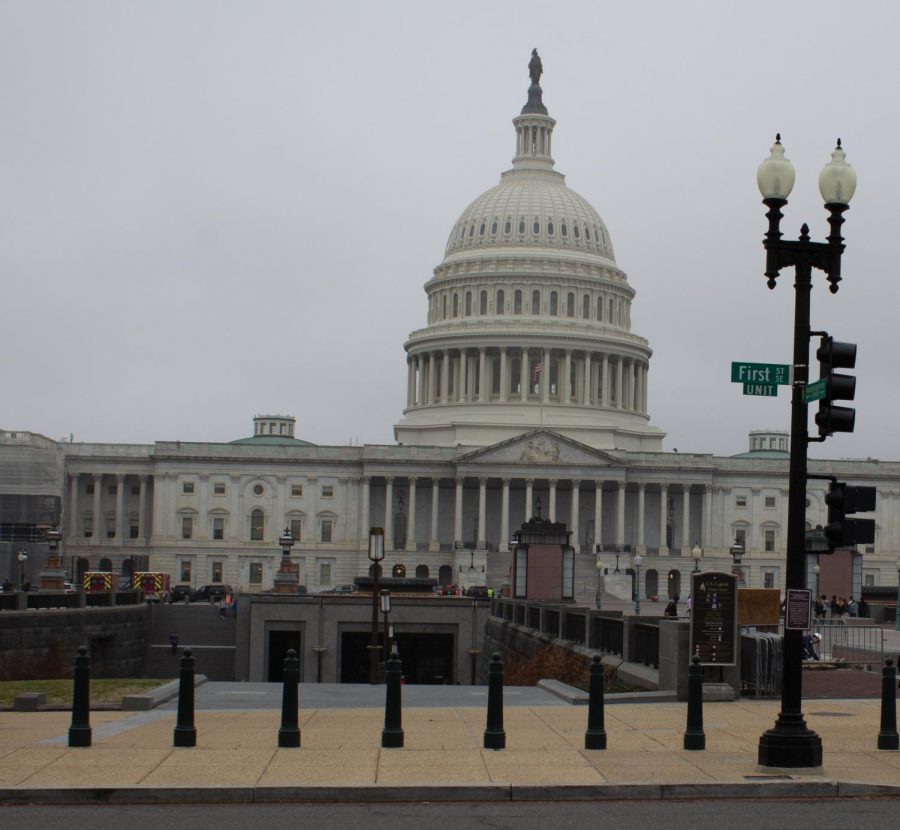On Wednesday, Jan. 6, 2016 North Korea’s leader, Kim Jong Un, announced its big success of its first hydrogen bomb test. But, many people found it hard to believe that this test was successful or if a bomb was even dropped. Norsar, a Norway-based group that monitors nuclear tests, analyzed the data and seismic readings and concluded that the blast was smaller than the atomic bombs used on Hiroshima and Nagasaki, which is smaller than the affect a hydrogen bomb.
There were also readings of a small earthquake near a known nuclear test site. And not too much later North Korea claimed a successfully dropping of a hydrogen bomb. North Korea’s media has insisted this is a nuclear threat to other countries. Monitoring sessions around the world picked up seismic activity, but the activity was too less to match a hydrogen bomb. Some people say that North Korea might have found an easier way to make atomic bombs, but the bomb they claimed to be a hydrogen bomb was not. Whether there was hydrogen used in the atomic bomb is unknown.
Because of the limited access and closed boundaries around North Korea, scientists do not know what to believe about the bomb. It may take some time to learn more about North Korea’s bomb. With each test North Korea performs with their bombs, they obtain more data and learn more about the bomb’s nature which results in a stronger ability to come up with more nuclear weapons, allowing them to install their nuclear weapons on long-range missiles.
A military expert at King’s College London stated that, “We won’t know for another few days or weeks whether this was a hydrogen bomb.” Many are saying that if a hydrogen bomb was dropped, the impact would’ve been much larger. Another reason many are finding it hard to believe North Korea is because they have not even mastered making fission weapons which does not make sense on how North Korea created a complex hydrogen bomb without being skilled at the basics. But, whether or not the bomb was a hydrogen bomb, the test did attract attention.












